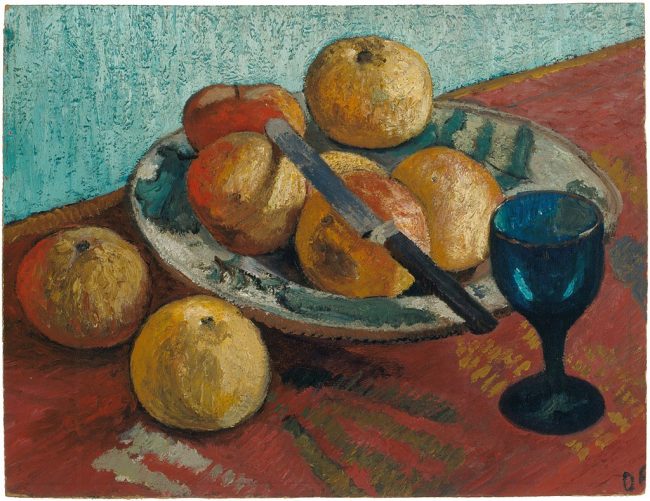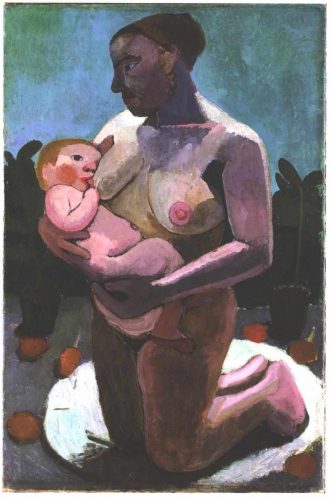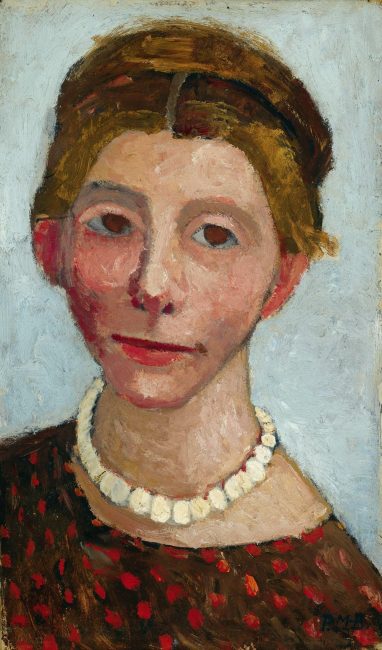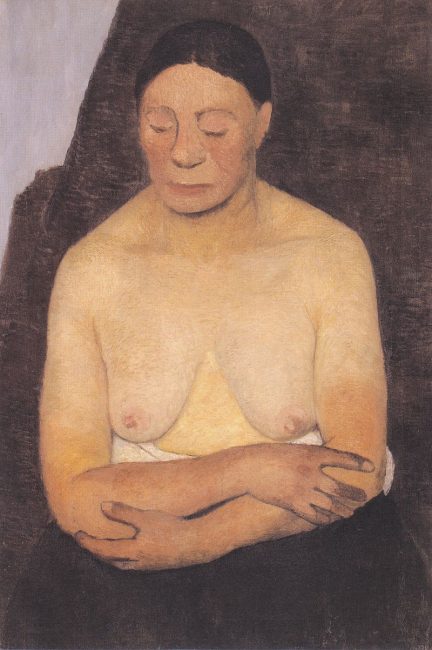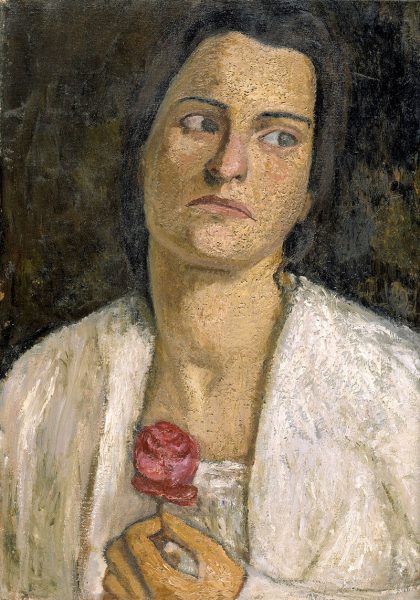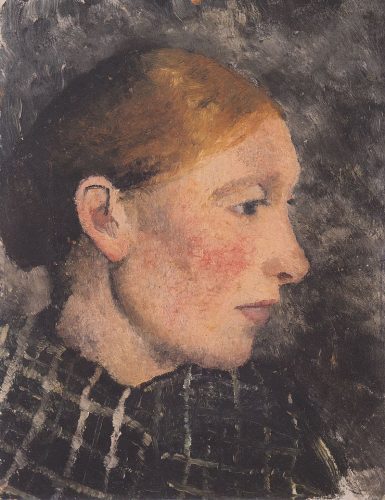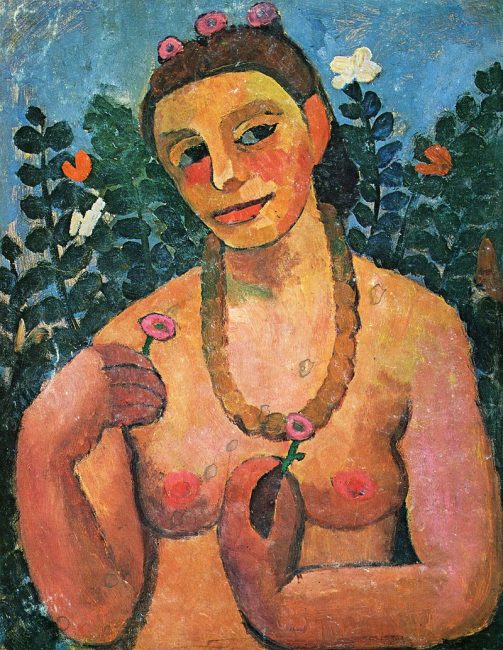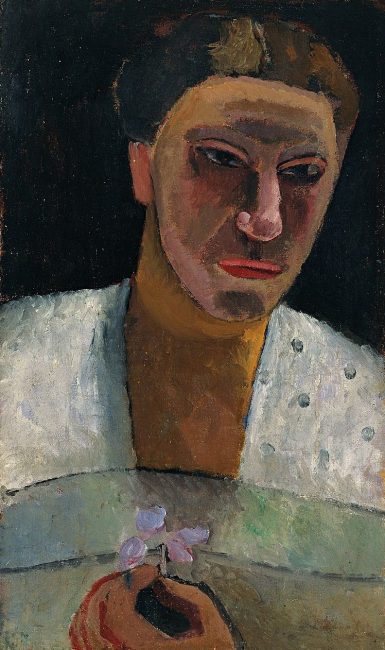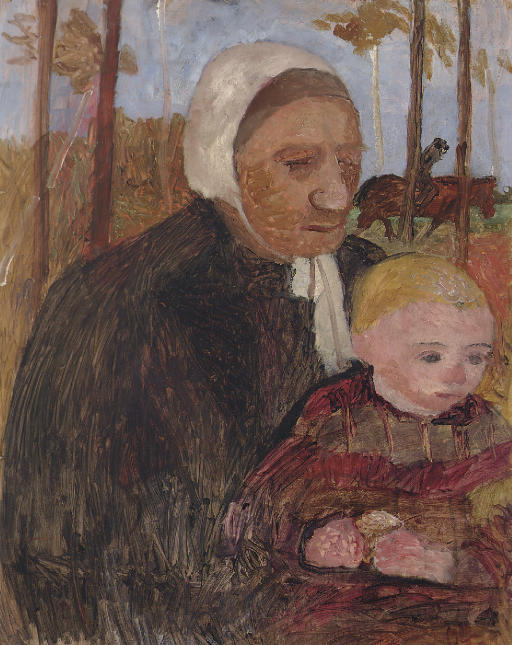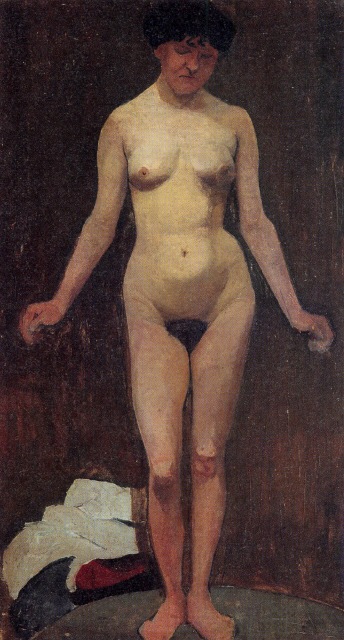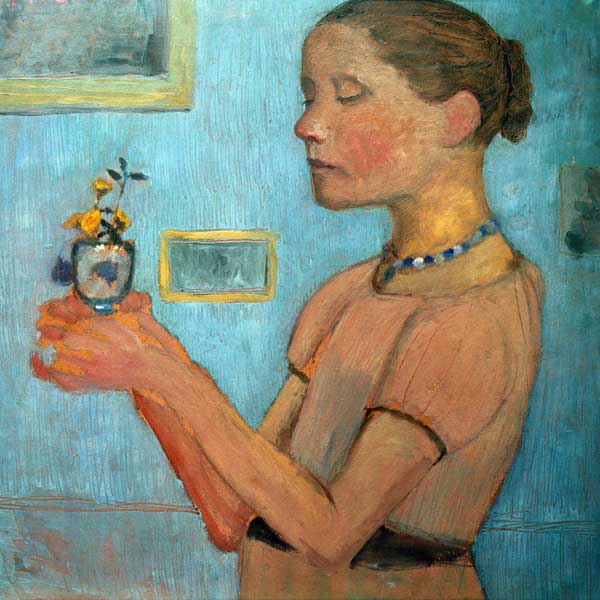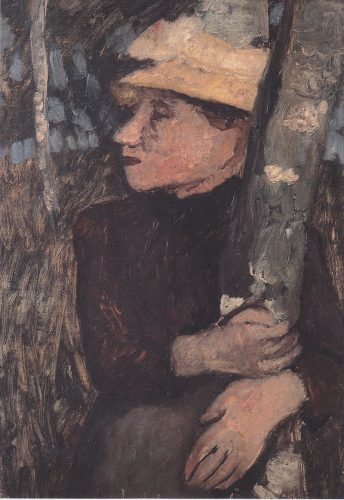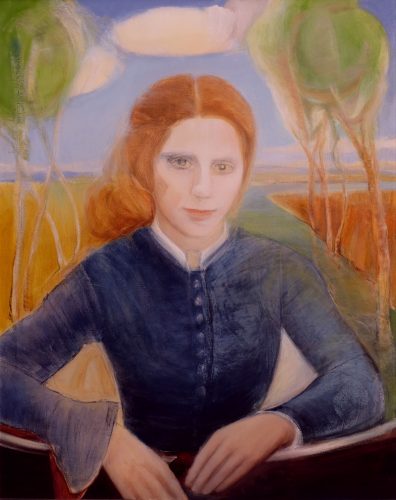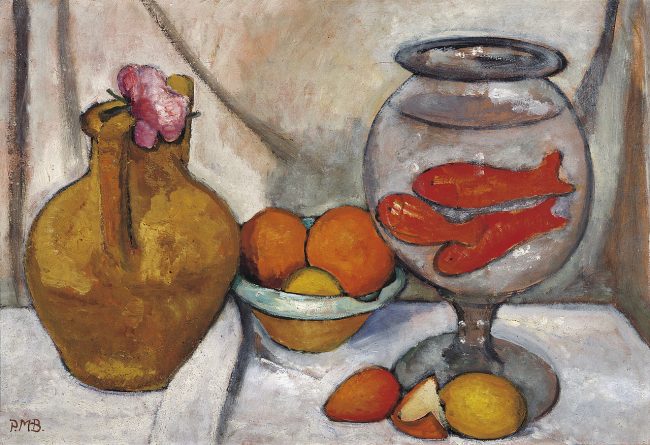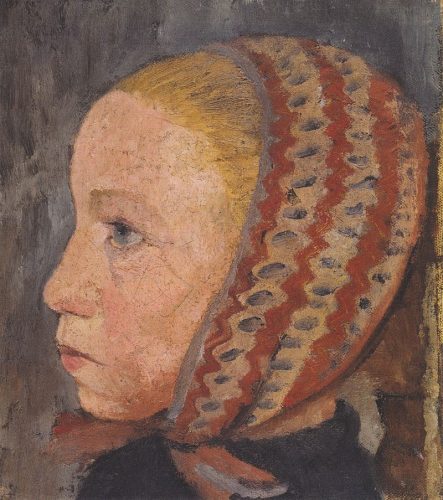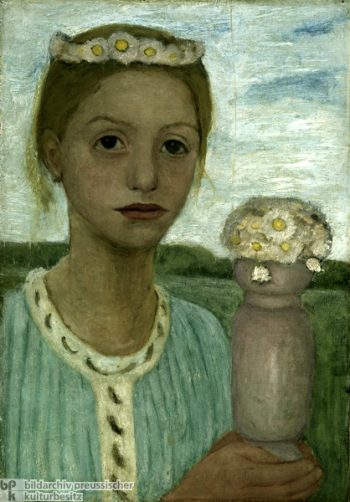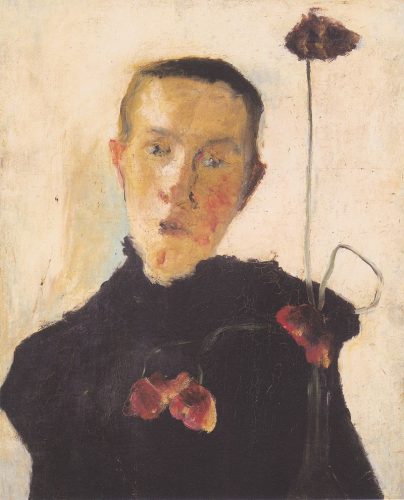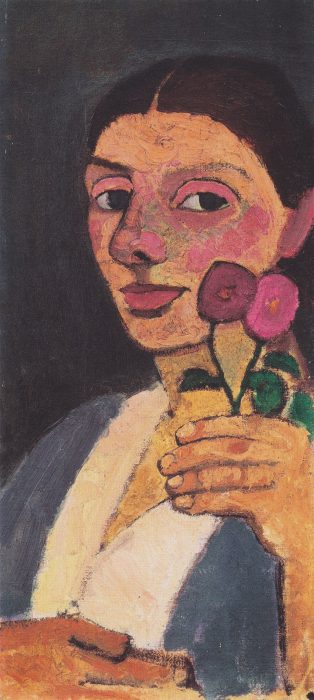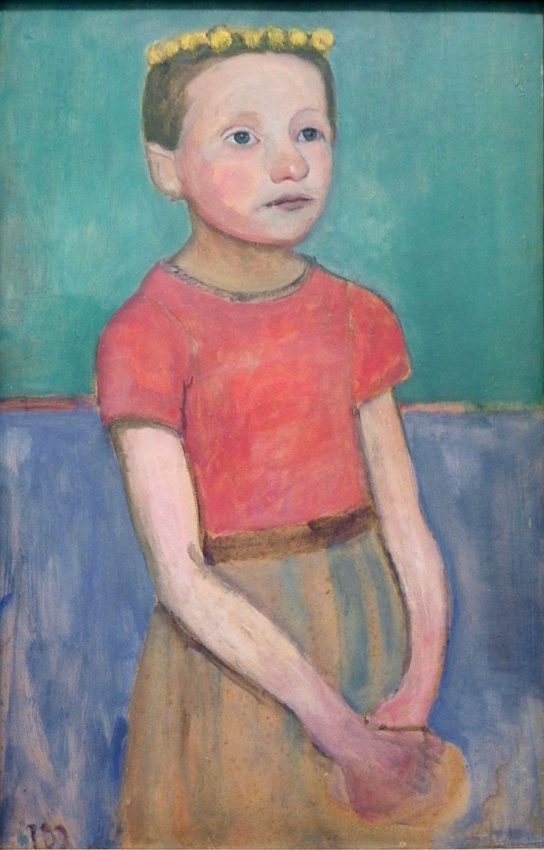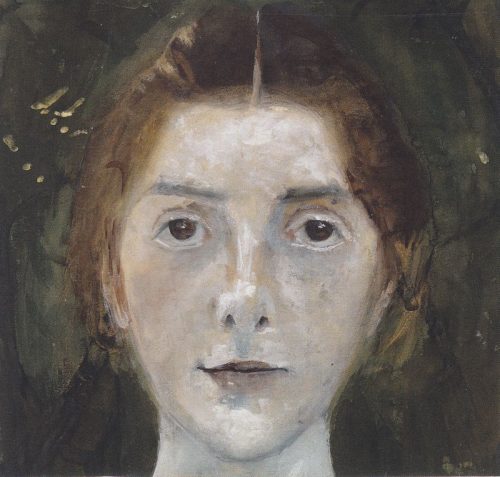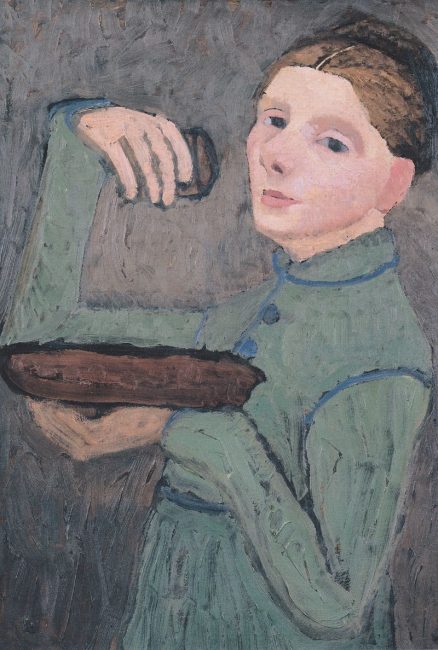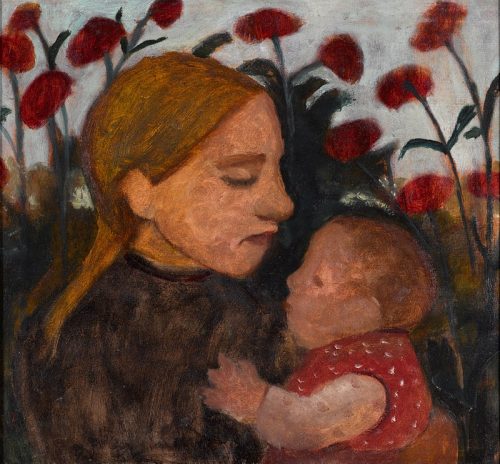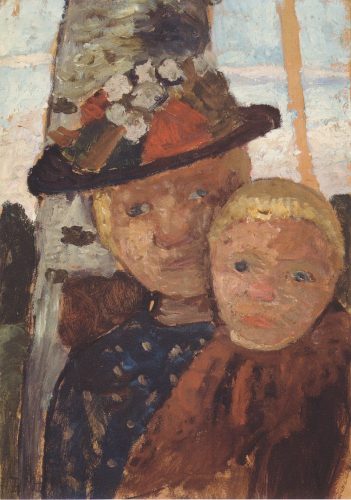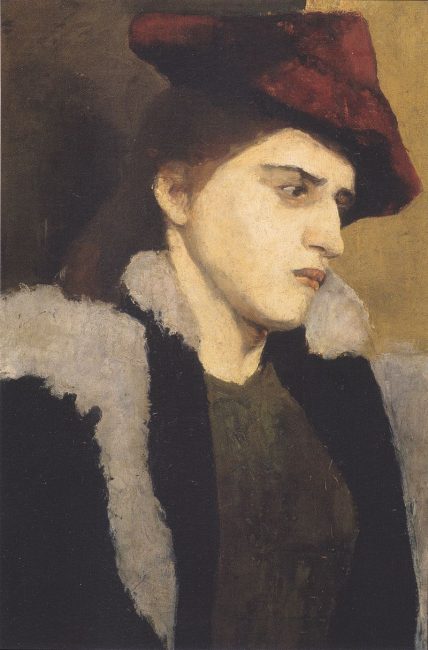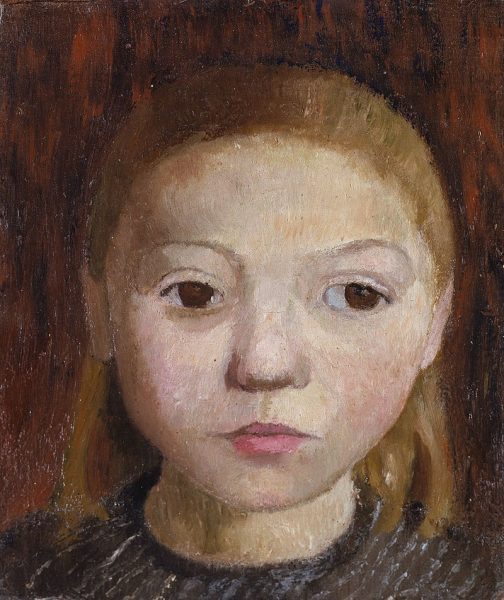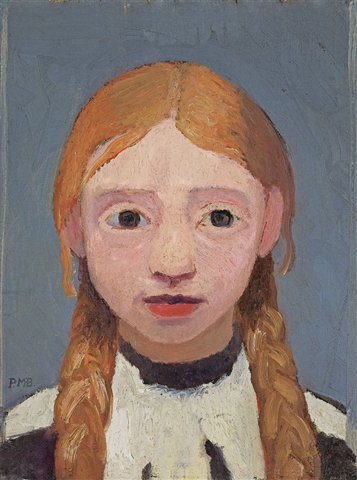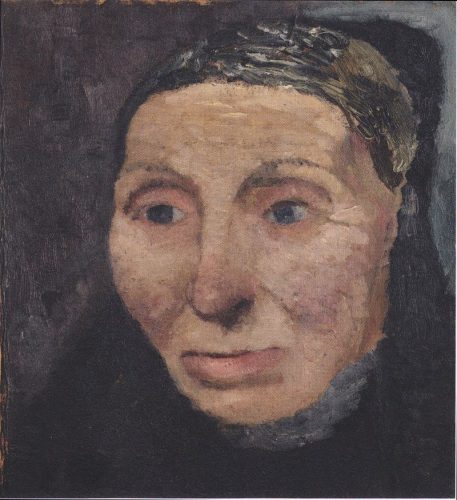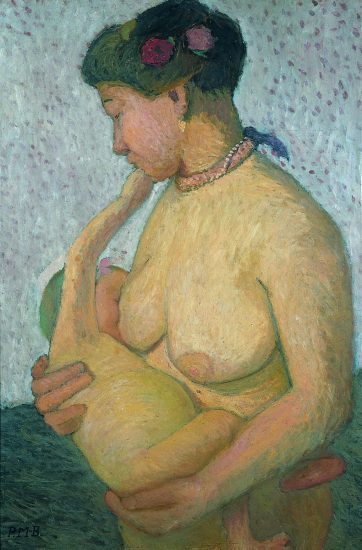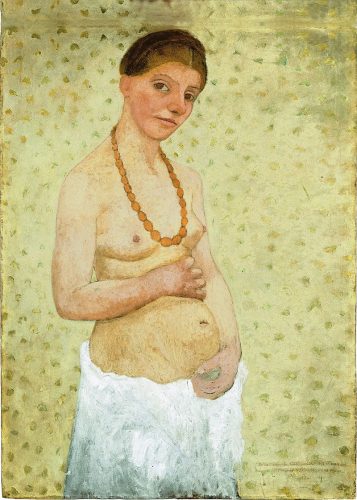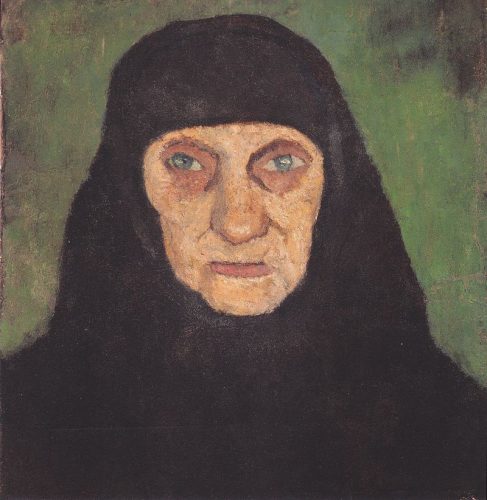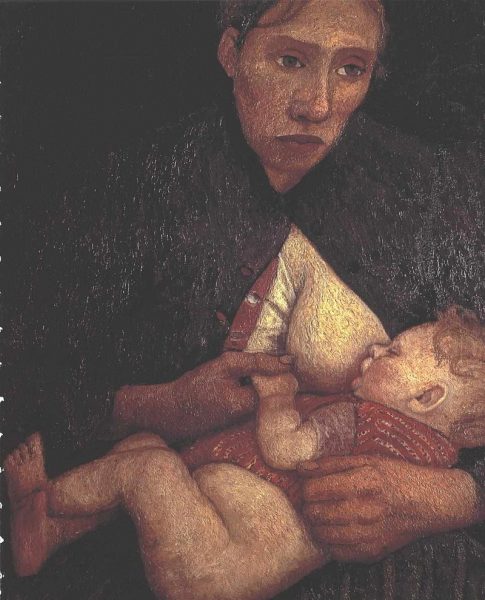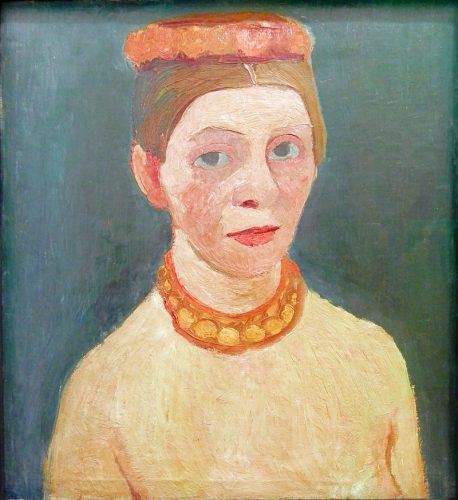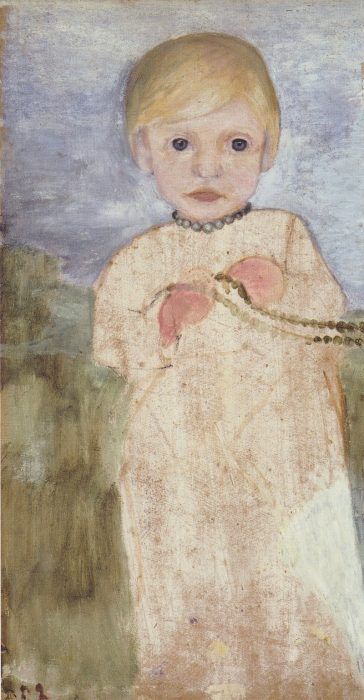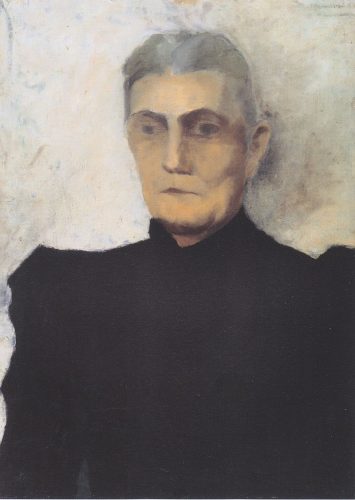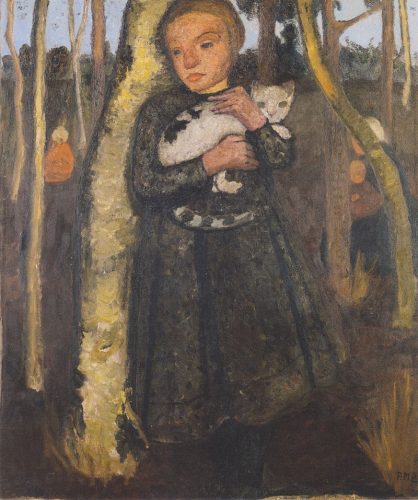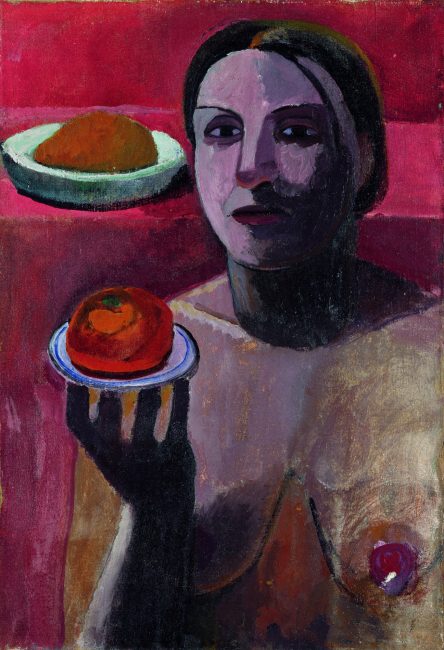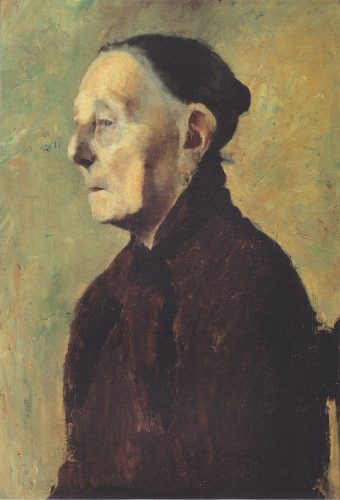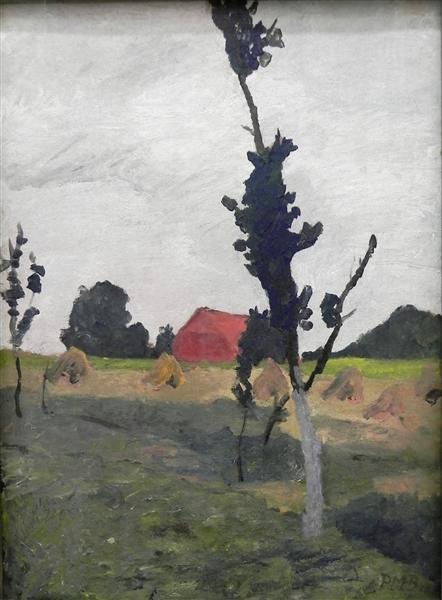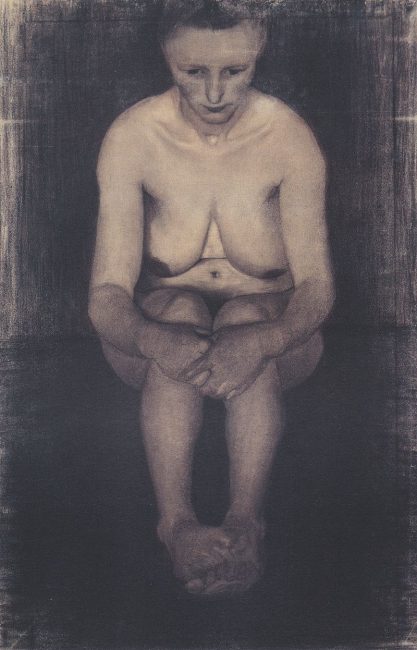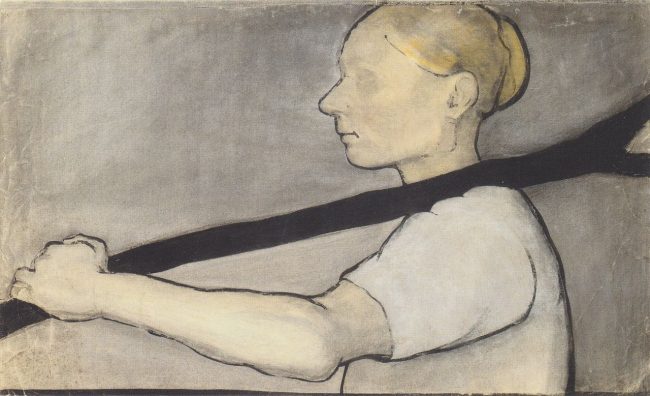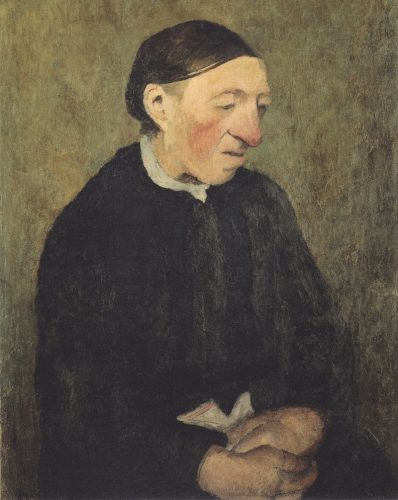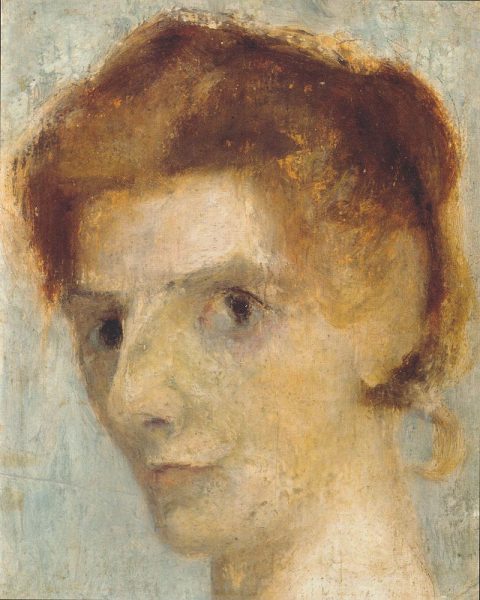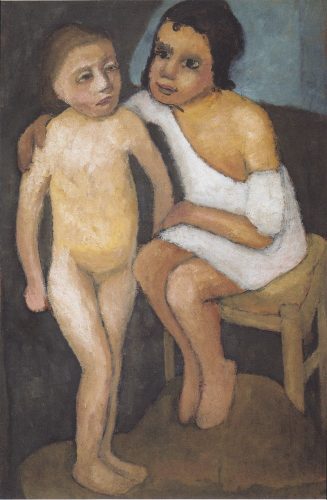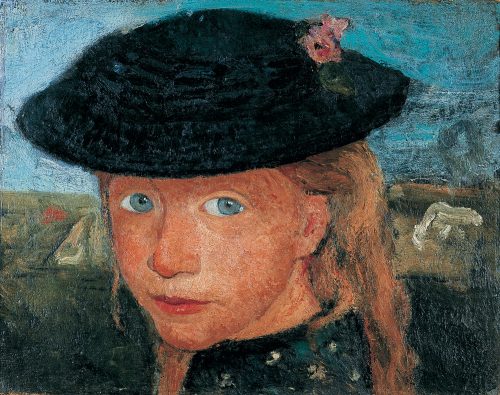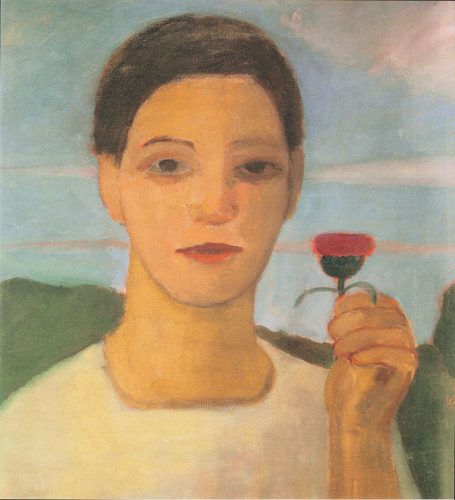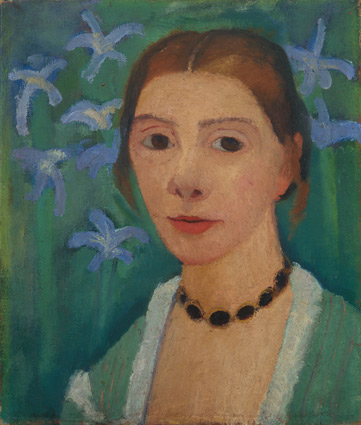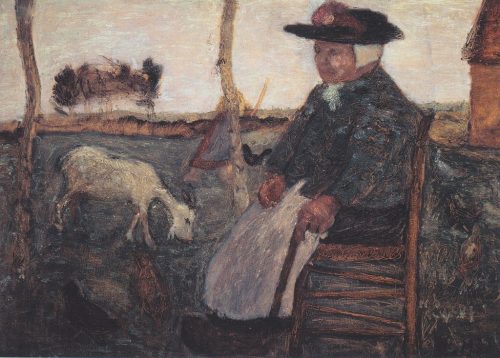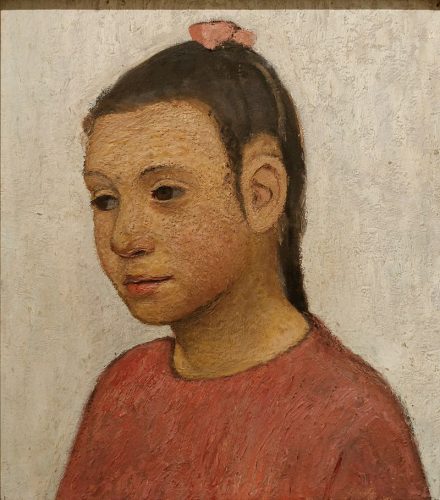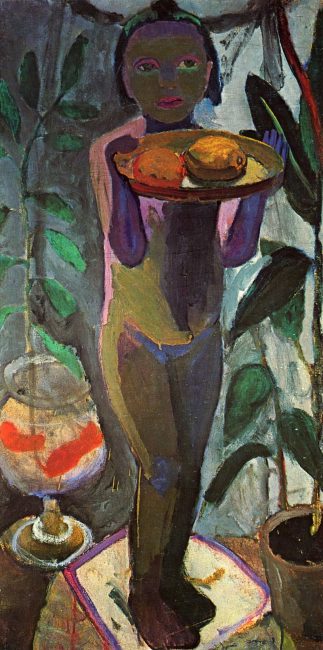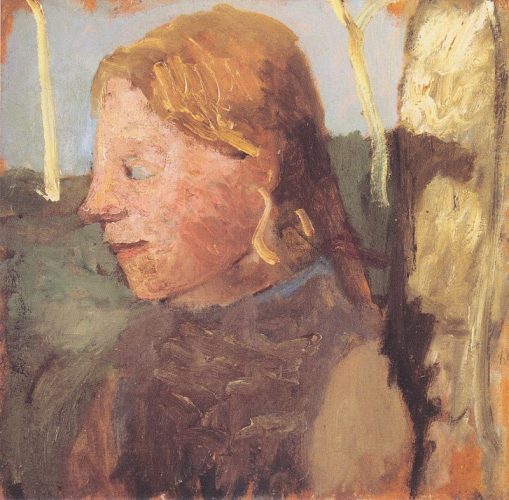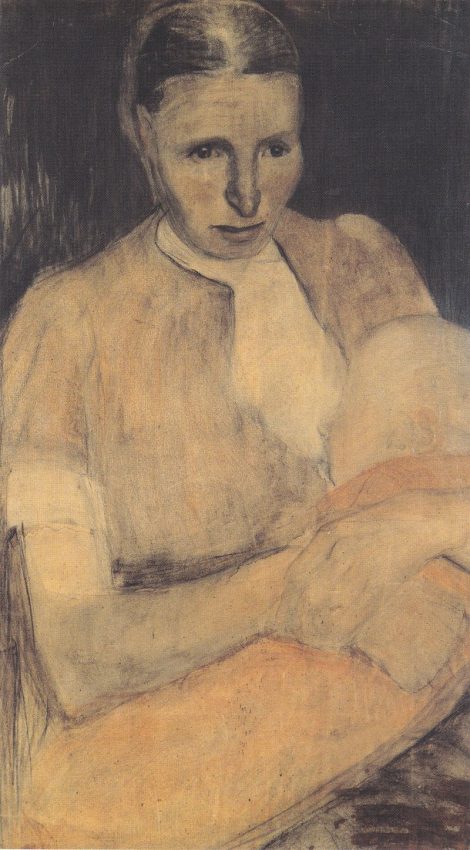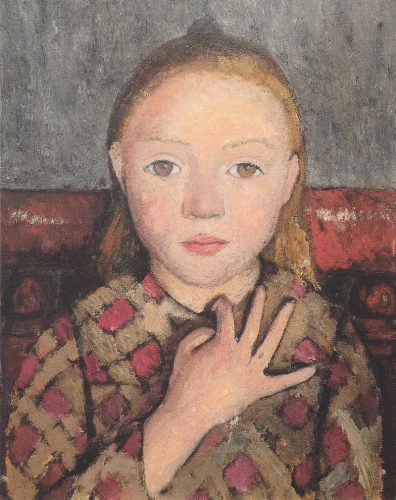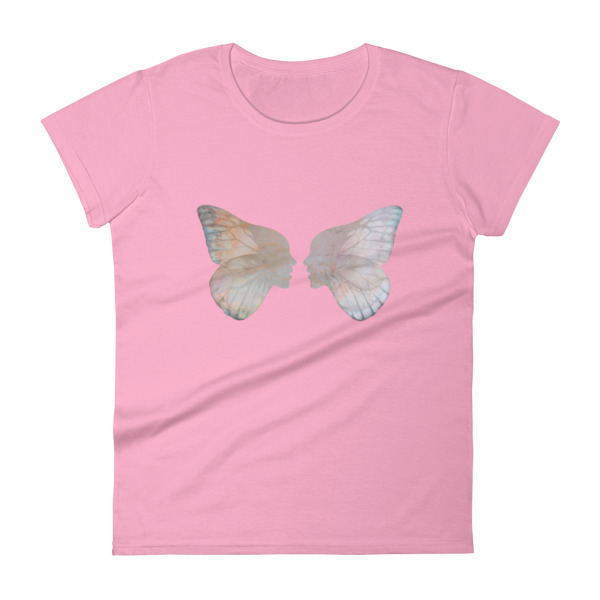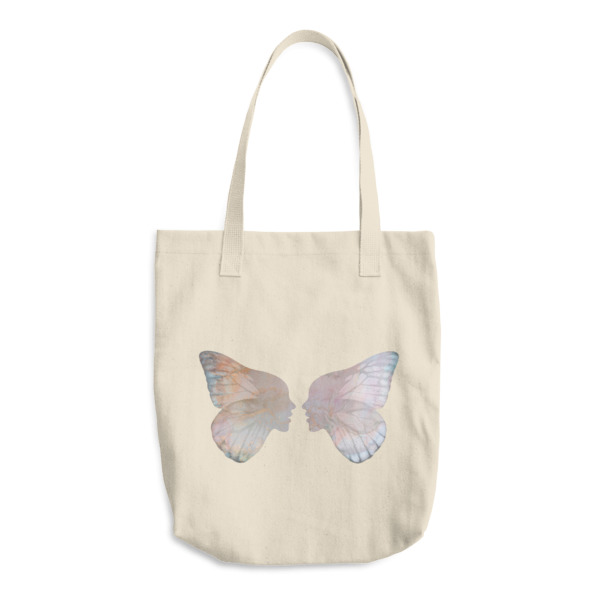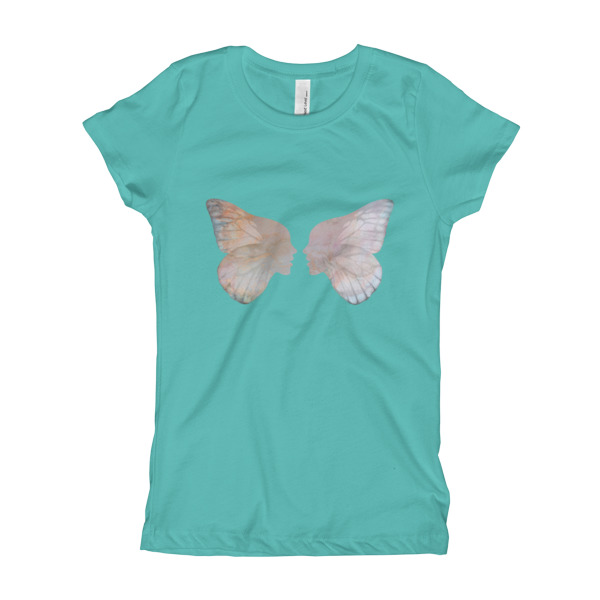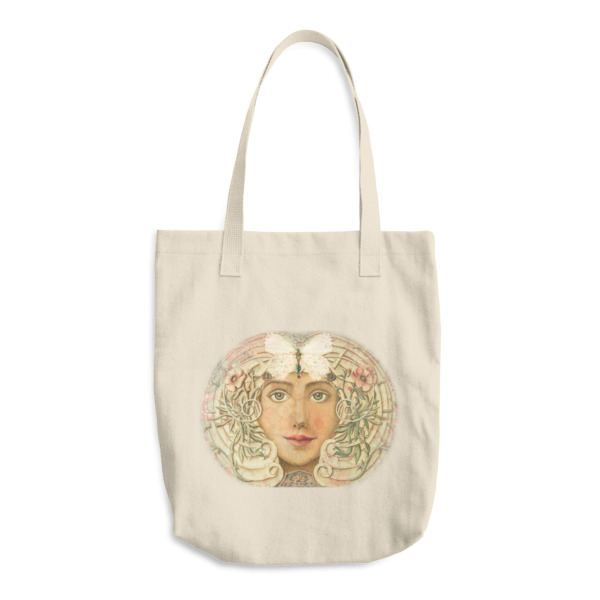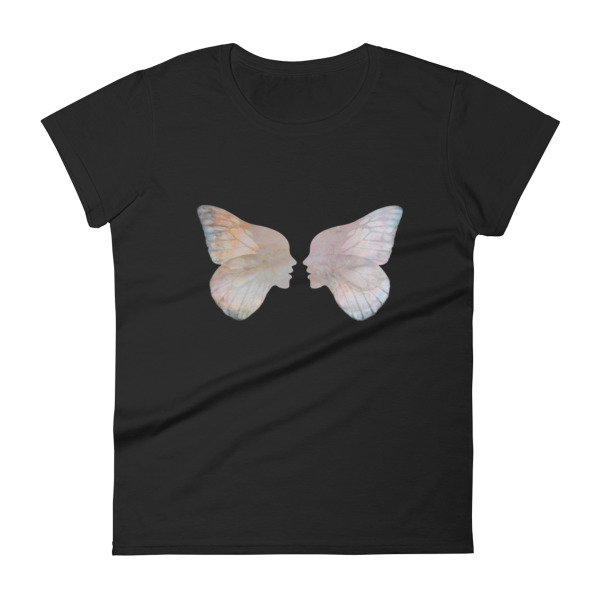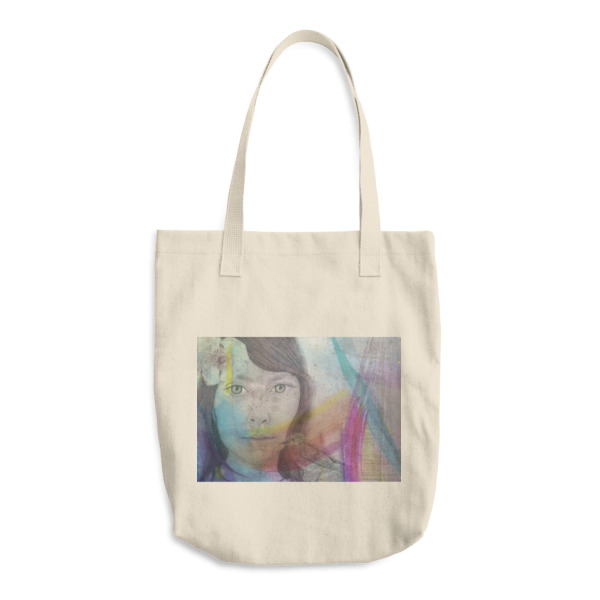Paula Modersohn-Becker (1876-1907)
Paula Modersohn-Becker was a German painter and one of the most important representatives of early expressionism. Her brief career was cut short when she died from post-partum-embolism at the age of 31. She is becoming recognized as the first female painter to paint nude self-portraits.
She was an important member of the artistic movement of modernism at the start of the twentieth century. In 1888, the family moved from Dresden to Bremen. While visiting a maternal aunt in London, Becker received her first instruction in drawing at St John’s Wood Art School.
In 1893 she was introduced to works of the artists’ circle of Worpswede; Otto Modersohn, Fritz Mackensen, Fritz Overbeck and Heinrich Vogeler, presented their paintings in Bremen’s Art Museum, Kunsthalle Bremen. In addition to her teacher training in Bremen in 1893–1895, Becker received private instruction in painting.
In 1896 she participated in a course for painting and drawing sponsored by the Verein der Berliner Künstlerinnen (Union of Berlin Female Artists) which offered art studies to women. Becker’s friend Clara Westhoff left Bremen in early 1899 to study in Paris. By December of that year, Becker followed her there, and in 1900 she studied at the Académie Colarossi in the Latin Quarter.
In 1898, at age 22, Becker immersed herself in the artistic community of Worpswede, where artists such as Fritz Mackensen(1866–1953) and Heinrich Vogeler (1872–1942) had retreated to protest against the domination of the art academy style and life in the big city. She studied under Mackensen, painting the nearby farmers, and the northern German landscape. At this time she began close friendships with the sculptor Clara Westhoff (1875–1954) and the poet Rainer Maria Rilke (1875–1926).
Until the years when Becker began the practice, women painters had not widely used nude females as subjects for their work. The only notable exceptions to this dearth are works by Artemisia Gentileschi, three centuries earlier; for example, art historians assume that Gentileschi used her own body as the model for her work Susannah and the Elders. Her work on the female nude is unconventional and expresses an ambivalence to both her subject matter and the method of its representation. Becker was trained in the methods of realism and naturalism, along with a recognizable simplicity of form. She was able to achieve a distinct texture to her work by scratching into the wet paint. She later abandoned those techniques to move into Fauvism.
She is becoming recognized as having influenced at least one of Picasso’s paintings.

